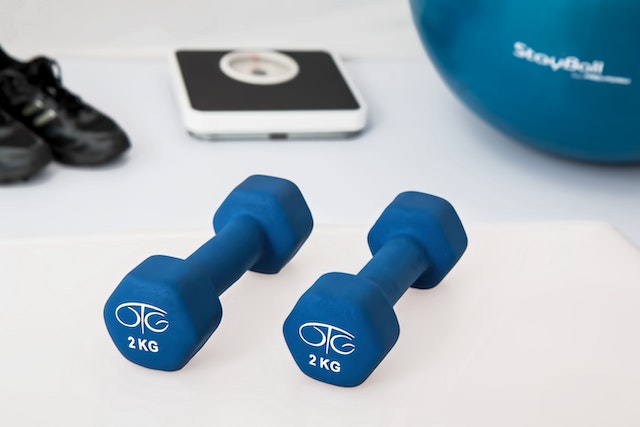After you exercise, your body fixes or replaces harmed muscle filaments through a cell cycle where it melds muscle strands to shape new muscle protein strands or myofibrils. These fixed myofibrils expansion in thickness and number to make muscle hypertrophy (growth).1 Muscle development happens at whatever point the pace of muscle protein union is more prominent than the pace of muscle protein breakdown. This adaption, in any case, doesn't occur while you really lift the loads. All things being equal, it happens while you rest.
So how would you really add muscle to your muscle cells? This is where Satellite cells come in and behave like undifferentiated organisms for your muscles. When actuated, they help to add more cores to the muscle cells and in this way contribute straightforwardly to the development of myofibrils (muscle cells). Enacting these satellite cells might be the contrast between what permits certain "hereditary oddities" to develop enormous muscles and what makes others "hard-gainers.2"









0 Comments